If you’re facing drainage issues in your yard, fear not! We’ve put together 25 yard drainage ideas that are practical, creative, and just plain helpful. From simple trenches to stylish rain gardens, there’s something here for everyone looking to keep their outdoor space dry and inviting. Let’s check them out!
Gutter Extensions: Preventing Erosion
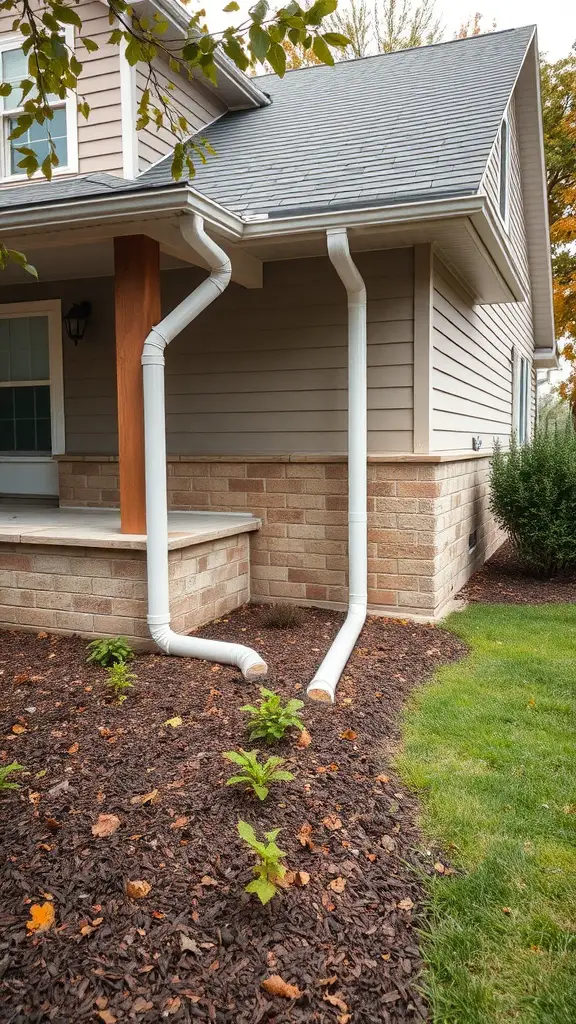
Gutter extensions are a simple but effective way to manage water flow away from your home’s foundation. In the image, you can see white downspouts directing rainwater away from the house. This setup helps to minimize erosion in your yard.
When rainwater flows directly next to the foundation, it can create issues like water pooling and soil erosion. By extending the gutters, you can direct water to a preferred area, keeping your landscape intact.
Using materials like PVC for the extensions can blend well with your home’s look while maintaining functionality. Proper placement is key. You want to ensure the water is flowing away from the foundation, ideally into a garden or drainage area.
Overall, gutter extensions are a practical solution to protecting your yard and foundation from potential water damage. They are easy to install and can save you from larger repairs down the line.
Dry Wells: Efficient Stormwater Retention
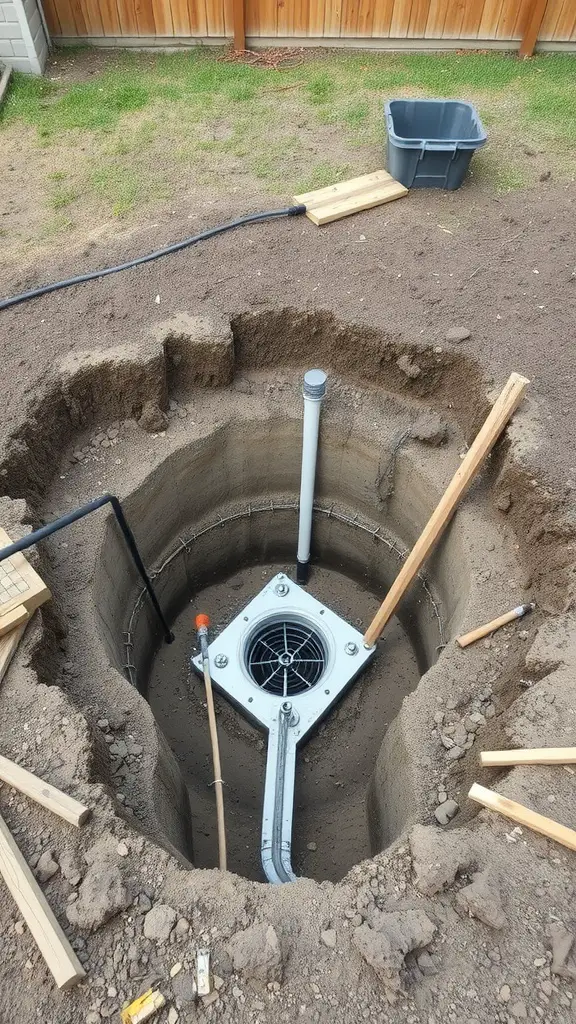
Dry wells are fantastic for managing excess rainwater in your yard. They help prevent flooding by collecting and storing stormwater, allowing it to slowly seep into the ground. The image shows a dry well installation process, with a deep hole ready to hold stormwater.
The structure in the center features a pump system and pipes that will efficiently manage water flow. Surrounding it, you see a mixture of soil and tools, which indicates active work on this drainage solution. With the right setup, dry wells can keep your yard healthy and dry, even during heavy rain.
By incorporating this system, you can protect your landscaping and foundation from potential water damage. It’s a smart way to put nature to work for you, making sure stormwater is handled efficiently.
Catch Basins: Collecting Surface Water
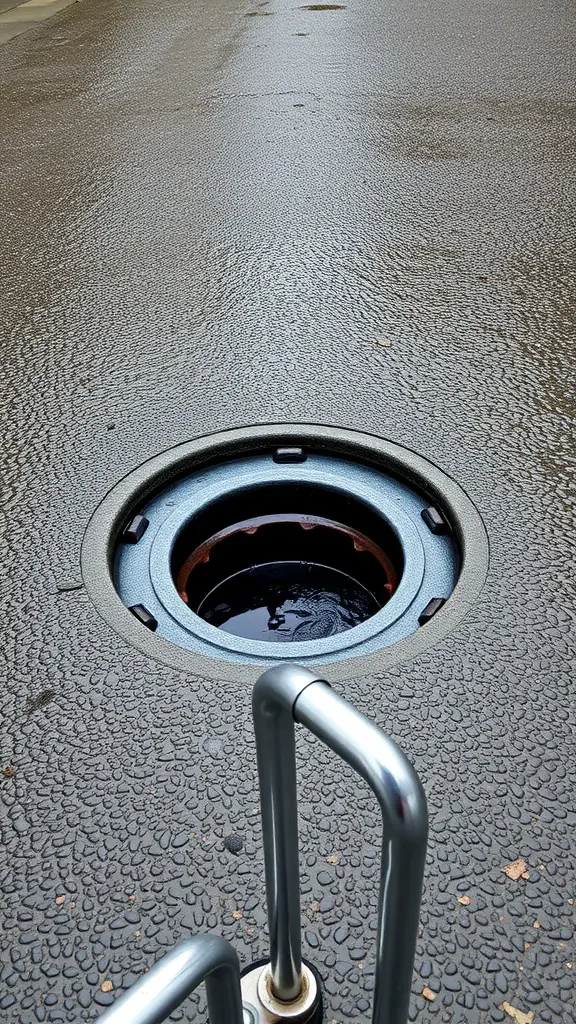
Catch basins play a vital role in managing surface water. They act as a collection point for rainwater and other runoff, helping to prevent flooding. The image shows a catch basin set into a surface that appears wet, illustrating its function in a real-world setting.
When it rains, water flows into the catch basin, where it is captured and diverted. This prevents water from pooling on driveways or yards, making your outdoor space more usable and safe. The design of a catch basin allows for easy access for maintenance, ensuring it remains effective over time.
Installing catch basins can be a smart investment for homeowners concerned about water accumulation. They are particularly useful in areas prone to heavy rain or with poor drainage. By directing water away from your property, they help protect foundations and landscaping.
Swales: Natural Landscape Drainage
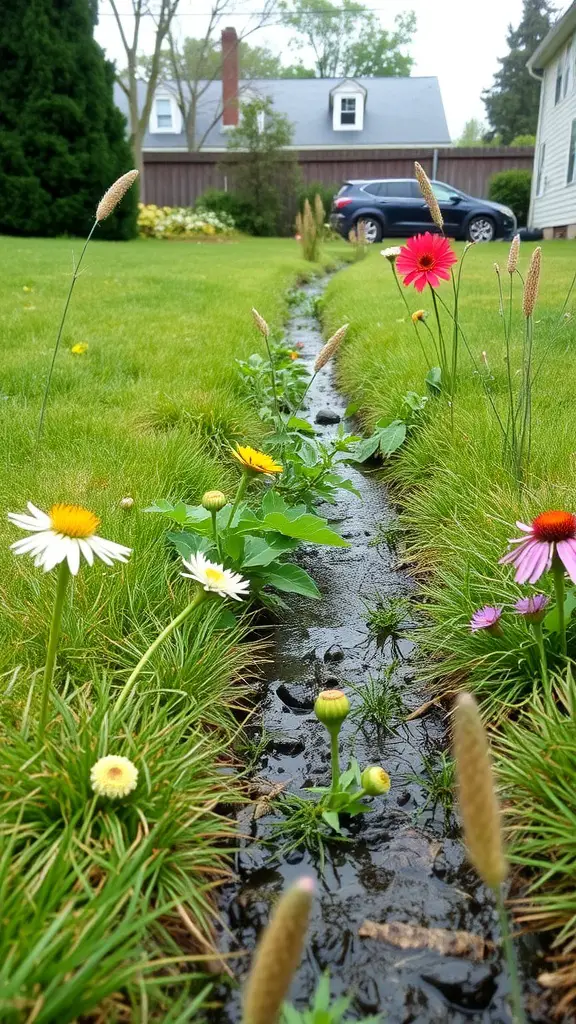
Swales are a smart way to manage water in your yard while adding some charm. This image shows a lovely swale filled with flowers and grass. It’s a natural channel that helps collect and direct rainwater, preventing erosion and standing water.
The plants along the swale not only look pretty but also play a key role. They absorb excess water and filter it, improving your yard’s health. Plus, they attract beneficial insects and birds, making your outdoor space even more vibrant.
Creating a swale can be as simple as digging a gentle trench and planting native flowers or grasses. This approach is eco-friendly and enhances your landscape. It’s a win-win for drainage and beauty!
French Drains for Effective Water Management
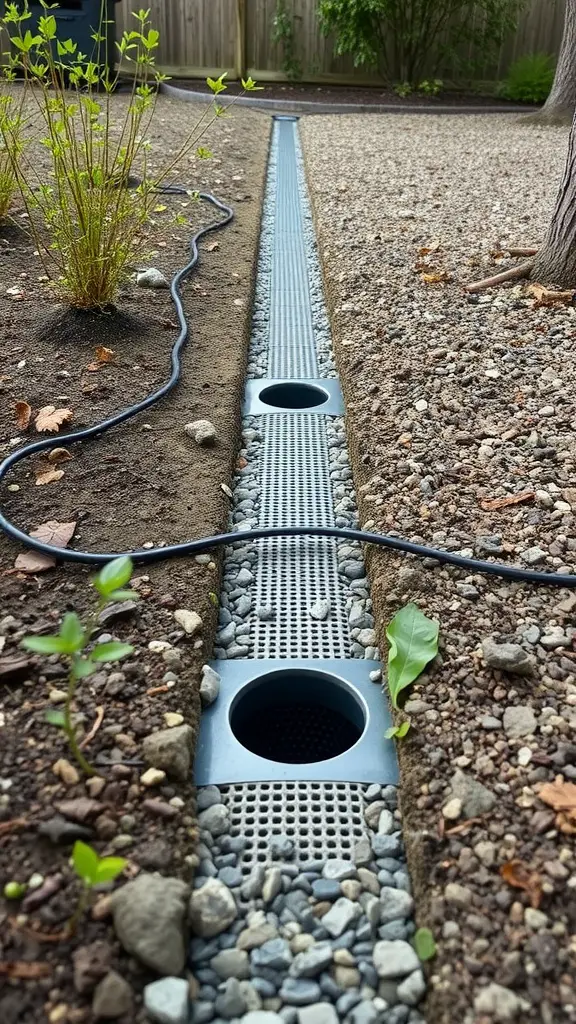
French drains are a smart choice for managing water flow in your yard. They help direct excess water away from areas where it can cause problems, like your home’s foundation. The image shows a neatly installed French drain, lined with gravel and equipped with drainage openings.
The structure in the photo is designed to collect water from the surrounding soil. The perforated pipe channels the water into a designated area, preventing pooling and flooding. It’s a simple yet effective way to keep your yard dry.
Installing a French drain can be a DIY project. Start by digging a trench where you want the drain. Make sure it slopes away from your home. Add gravel to the bottom, then place the perforated pipe on top. Cover it with more gravel to allow water to flow freely while keeping debris out.
Using a French drain can significantly improve your yard’s drainage system. It minimizes the risk of water damage and keeps your landscape looking great. Plus, it blends well with the surroundings, making it a practical and aesthetic choice.
Bioswales: Eco-Friendly Drainage Solutions
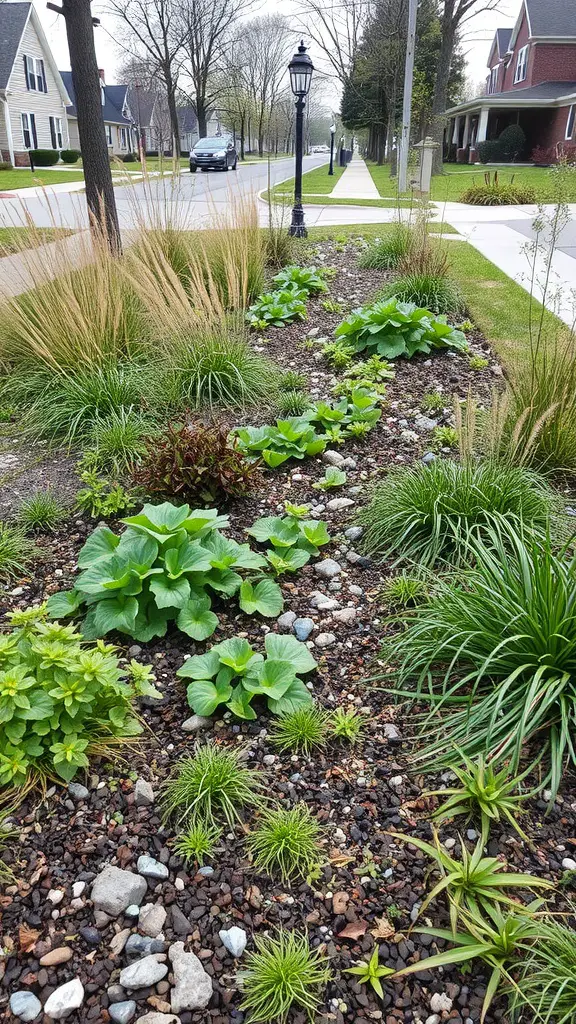
Bioswales are an excellent way to manage surface water while adding beauty to your yard. This image shows a well-designed bioswale, featuring native plants and stones that help filter rainwater. The plants collect and slow down the water flow, preventing flooding and erosion.
Incorporating a bioswale in your yard can improve drainage significantly. Notice the way the plants are arranged? They not only look great but also work together to absorb rainwater efficiently. Using local flora makes these systems sustainable, which is a big plus!
The combination of stones and vegetation in the image allows for effective water filtration. This setup not only protects your property but also supports local wildlife. Birds and beneficial insects find refuge, contributing to a thriving ecosystem.
If you’re considering a bioswale, think about the types of plants you want to include. Native grasses and flowering plants are often ideal for these features, as they thrive in your local environment. Also, make sure the area is positioned to capture runoff effectively.
Rain Gardens: Nature’s Solution to Drainage
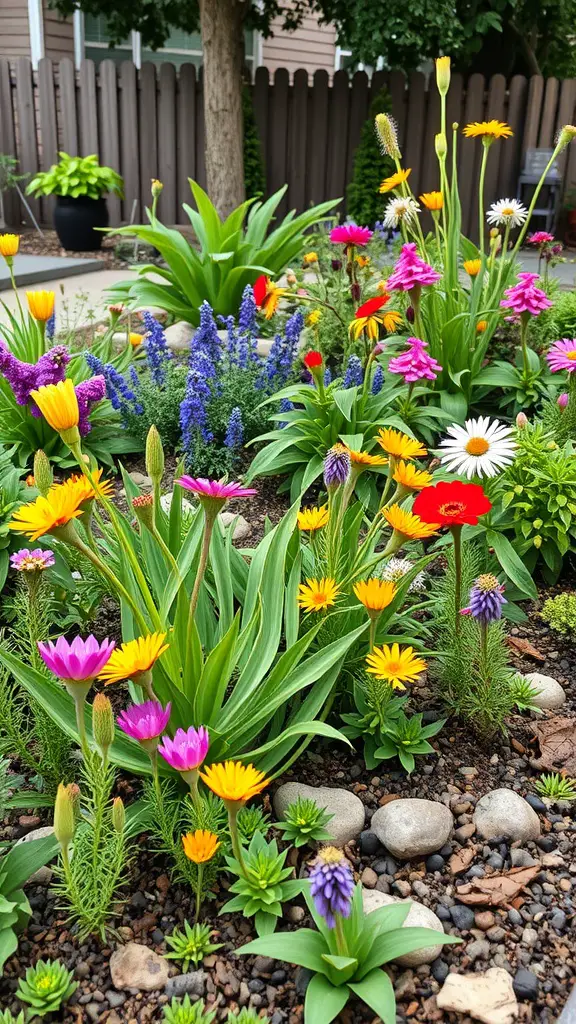
Rain gardens are a fantastic way to manage water runoff while adding beauty to your yard. They are specially designed to collect rainwater from roofs, driveways, and other surfaces, allowing it to soak into the ground rather than running off into storm drains.
The image shows a vibrant rain garden filled with colorful flowers and lush greenery. This not only helps with drainage but also attracts pollinators like bees and butterflies. Flowers like daisies, tulips, and other native plants flourish in this setting, creating a lively and inviting space.
Creating a rain garden is simple. Start by selecting a suitable location that collects runoff. Choose plants that thrive in wet conditions. Make sure to include a variety of plants to ensure year-round interest. This not only manages water but also enhances your yard’s aesthetic appeal.
Incorporating stones or gravel can improve drainage, too. They help keep the soil from eroding while adding texture to your garden. Plus, the combination of plants and stones creates a natural look that blends seamlessly with your landscape.
A rain garden is more than just a functional space; it’s a lovely addition that brings life and color to your yard while solving drainage issues. So, why not consider making one in your outdoor area?
Permeable Pavers: Stylish Water Absorption
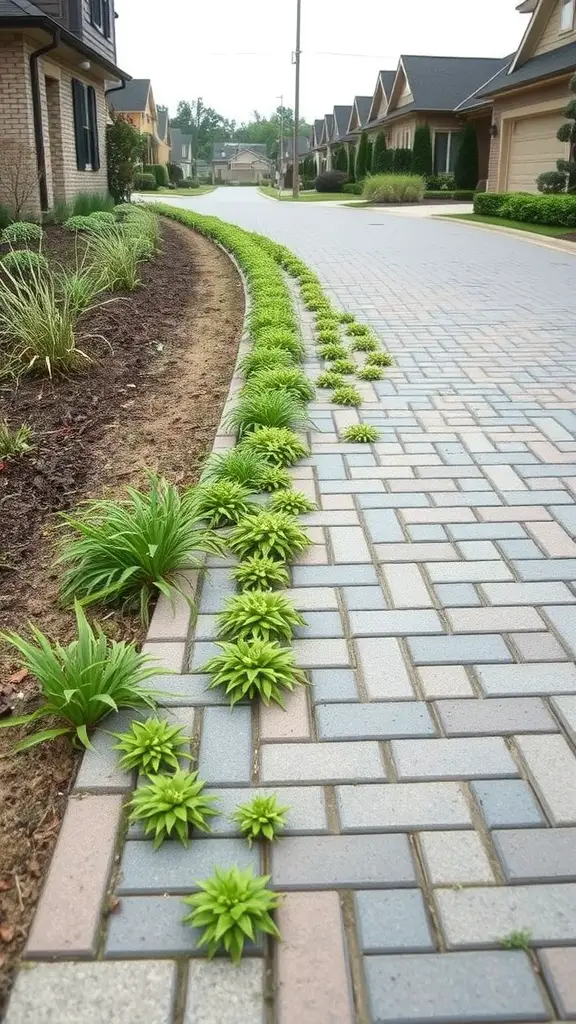
Permeable pavers are a fantastic option for your yard drainage needs. They allow water to seep through the surface, reducing runoff and promoting natural absorption. This image showcases a well-designed pathway made of these pavers, lined with vibrant greenery that adds a touch of nature to the hardscaping.
The pavers create an attractive pattern while providing functionality. Notice how the plants grow along the edges, which not only enhances the aesthetic appeal but also helps manage water flow. When it rains, the excess water can easily filter down instead of pooling on the surface.
Using permeable pavers is not just about looks; it’s about smart drainage solutions. They can help prevent erosion and keep your yard healthy. Plus, the combination of hard and soft landscaping creates a balanced environment that is inviting and practical.
Channel Drains: Directing Water Away
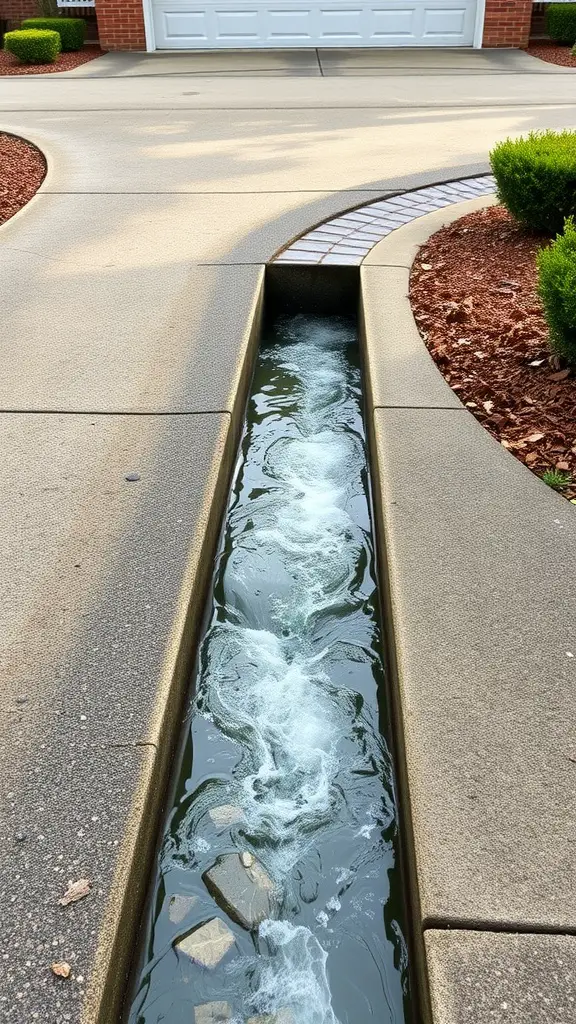
Channel drains are a smart solution for directing water away from your property. This image shows a well-designed channel drain integrated into a driveway, effectively managing water flow.
The drain is positioned strategically to collect rainwater and prevent pooling, which can damage your home’s foundation. The sleek design keeps the area looking neat while functioning efficiently.
The water flows smoothly through the channel, demonstrating how effective these drains can be. Ensuring proper drainage helps maintain a dry and safe environment, especially during heavy rain.
Incorporating a channel drain not only protects your yard but also enhances the overall look of your landscape. It’s a simple and effective way to manage water and keep your outdoor space in top shape!
Downspout Drainage Systems: Managing Roof Runoff
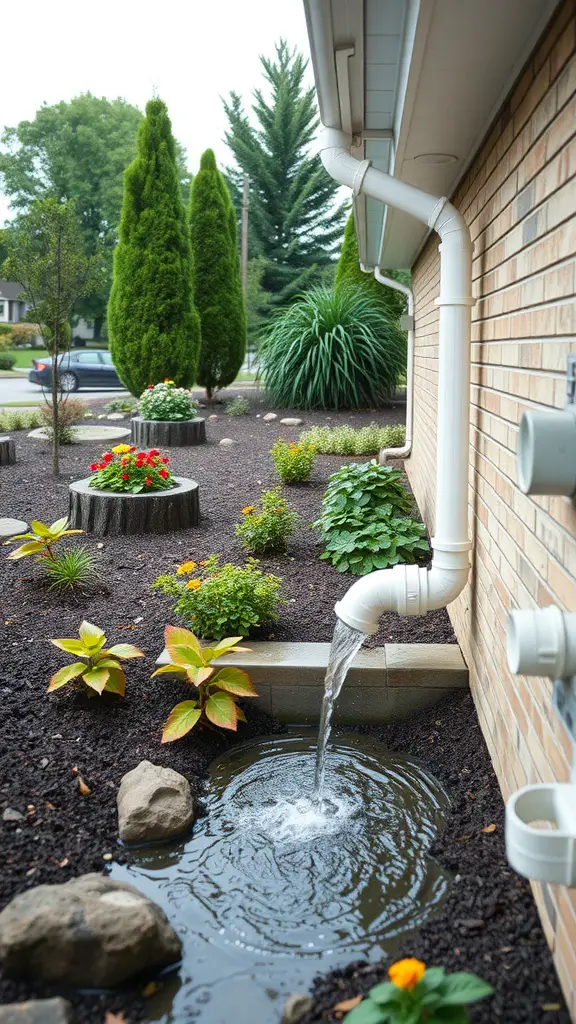
Managing roof runoff is crucial for a healthy yard. The image shows a well-designed downspout drainage system. Water flows smoothly from the downspout into a small pond, which helps manage excess rainwater.
In the setup, the downspout guides water away from the house. This prevents flooding and protects your foundation. A small pond not only absorbs runoff but also adds beauty to the landscape.
Surrounding the pond are vibrant plants, enhancing the overall look. This type of system is not only functional but also an attractive feature in any yard.
Using a combination of plants and stones helps create a natural feel, making your yard a pleasant spot to enjoy the outdoors.
Subsurface Drainage: Hidden Solutions for Wet Yards

When dealing with a wet yard, subsurface drainage is a smart solution. The image shows a pipe system hidden under the ground, effectively managing water flow. This system collects excess water and directs it away from problem areas.
Subsurface drains can be installed beneath lawns and gardens. As shown, the pipe is connected to a sump or outlet to guide water away. This prevents pooling and keeps your yard healthy.
Beyond just functionality, this method is discreet. You won’t have to worry about unsightly drainage systems ruining your landscape. Instead, the focus remains on your beautiful yard.
Using gravel and perforated pipes can enhance efficiency. These materials allow water to seep through while filtering out debris. It’s a simple yet effective method to maintain a dry and thriving outdoor space.
Soil Grading: Ensuring Proper Drainage Flow
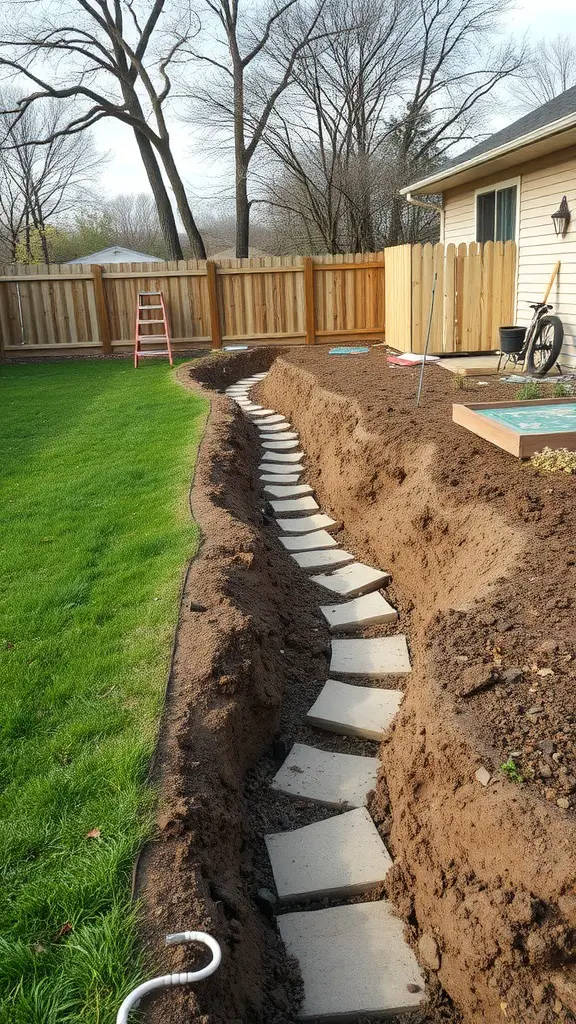
In the image, you see a well-prepared yard with a clear drainage path. The ground has been graded effectively, creating a slope that directs water away from the house. This is essential in preventing water pooling around your foundation.
The pathway made of concrete slabs serves a dual purpose. Not only does it guide rainwater toward a designated drainage area, but it also adds a nice aesthetic touch to your yard. The surrounding soil is freshly turned, indicating that work has been done to achieve the right elevation.
Good soil grading is about creating a gentle slope. You want the ground to naturally guide rainwater away from structures. This keeps your yard healthy and reduces the risk of damage from excess water. It’s simple yet effective!
Sump Pumps: A Backup for Excess Water
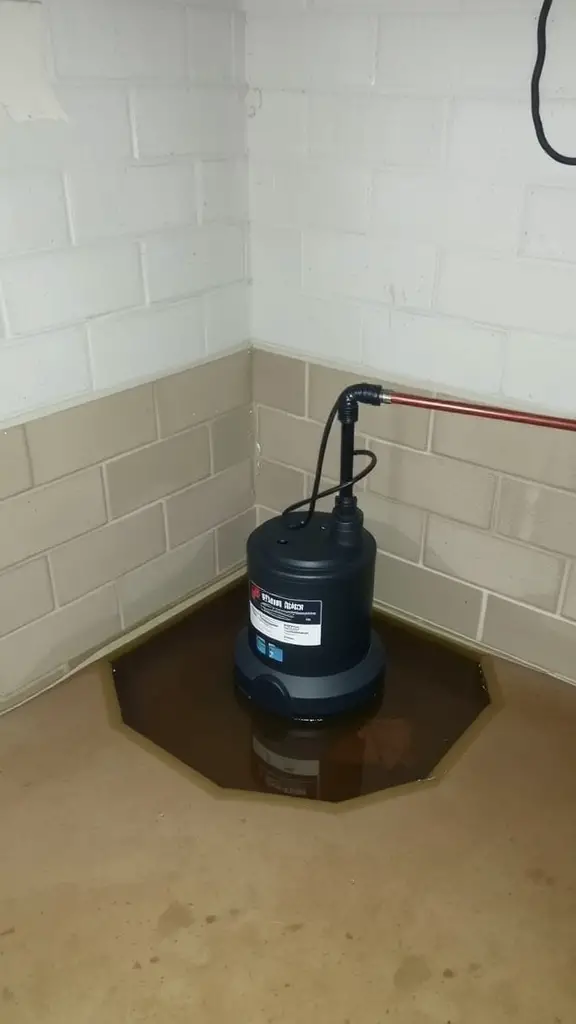
Sump pumps are essential tools for managing water in your yard. They help keep basements and crawl spaces dry by pumping out excess water. In the image, you see a sump pump installed in a basin filled with water, ready to spring into action when needed.
When heavy rain falls or snow melts, water can accumulate quickly. This is where a sump pump shines. It operates automatically, turning on when the water reaches a certain level, preventing flooding and water damage.
Choosing the right sump pump for your yard depends on factors like the size of your space and the amount of rainfall you typically experience. It’s worth considering a battery backup system for those unexpected power outages during storms.
Overall, including a sump pump in your drainage plan is a smart move. It takes the worry out of water management and helps maintain a healthy outdoor environment.
Terracing: Creative Elevation for Drainage Control
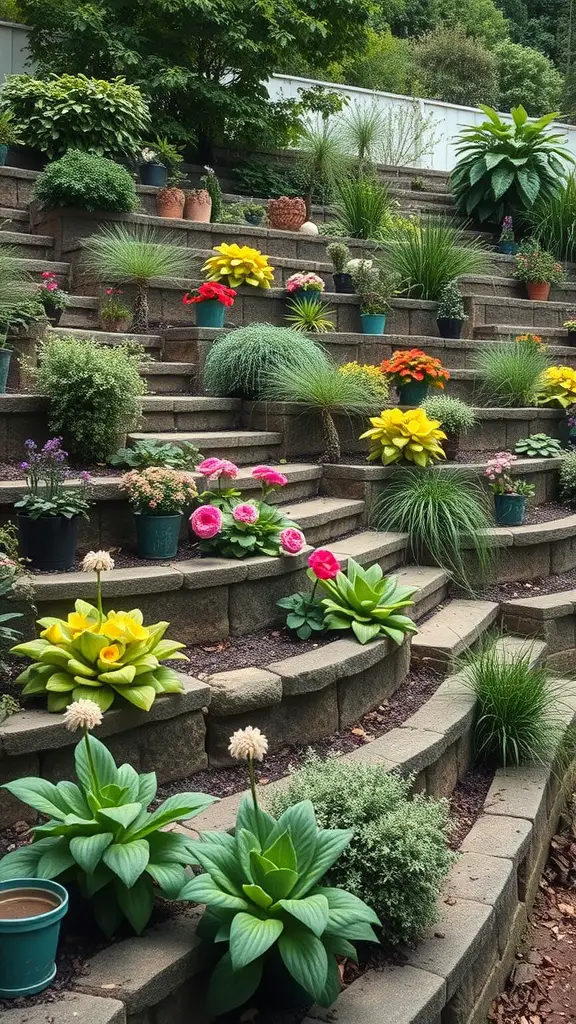
Terracing your yard can be a fantastic solution for managing drainage while adding beauty to your landscape. The image shows a stunning example of terracing, where steps of stone create distinct levels filled with vibrant plants and flowers. This kind of design not only captures attention but also helps to control water flow.
When rain falls, terraced gardens direct water down the steps, reducing erosion and preventing pooling. Each level can feature different plants, making a colorful and diverse garden. By choosing native plants, you can also enhance your garden’s ability to absorb rainwater efficiently.
Creating terraces can involve using various materials like stone or timber, allowing for a personalized touch. The gradual elevation leads the eye upwards and can transform a flat yard into an inviting and dynamic space. Think about how the steps can complement your outdoor activities, whether for relaxation or entertaining.
Adding terracing not only helps with drainage control but also creates an attractive focal point in your yard. It’s a practical, creative option that blends form with function beautifully!
Vegetated Swales: Combining Drainage with Greenery

Vegetated swales are an excellent way to manage drainage while adding beauty to your yard. This natural landscape feature acts as a channel for stormwater runoff, guiding it efficiently away from paved areas. The image shows a well-designed swale lined with lush grass and wildflowers, creating a pleasant and functional transition between the road and the natural surroundings.
The gentle curves of the swale help to slow down water movement, allowing it to soak into the ground rather than pooling. This process can help reduce erosion and improve water quality. Swales can also invite local wildlife, providing a habitat for birds and insects.
Using native plants in a vegetated swale not only enhances drainage but also promotes biodiversity. These plants typically require less maintenance and are adapted to the local climate, making them a smart choice for any garden project.
Incorporating a swale in your yard can transform a simple drainage solution into a vibrant landscape element. Whether you have a large plot or a small garden, a swale can fit seamlessly into your outdoor space, offering both beauty and practicality.
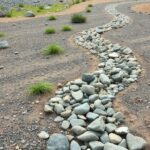
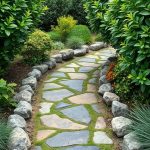
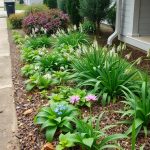

https://digi642sa.netlify.app/research/digi642sa-(471)
Look and feel actually elegant on this lengthy costume without stealing
all the attention from the bride.
Do you have a spam problem on this site; I also am a blogger,
and I was curious about your situation; many of us have developed some nice procedures and
we are looking to swap strategies with other folks, please shoot
me an e-mail if interested.
If some one needs expert view regarding blogging after that i recommend him/her to go to see this website, Keep up the nice job.
I read this article fully on the topic of the resemblance of newest and previous technologies, it’s amazing article.
You could certainly see your enthusiasm in the work you write.
The arena hopes for more passionate writers like you who are not afraid to say how
they believe. At all times go after your heart.
Amazing! This blog looks exactly like my old one!
It’s on a entirely different subject but it has pretty much
the same page layout and design. Great choice of colors!
Whats up this is somewhat of off topic but I was wondering if blogs use WYSIWYG editors or if you have
to manually code with HTML. I’m starting a blog soon but have no coding knowledge so I wanted to get advice from
someone with experience. Any help would be greatly appreciated!
My programmer is trying to convince me to move to .net from PHP.
I have always disliked the idea because of the expenses.
But he’s tryiong none the less. I’ve been using Movable-type on a variety of
websites for about a year and am nervous about switching to another platform.
I have heard fantastic things about blogengine.net. Is there
a way I can import all my wordpress posts into it?
Any kind of help would be really appreciated!